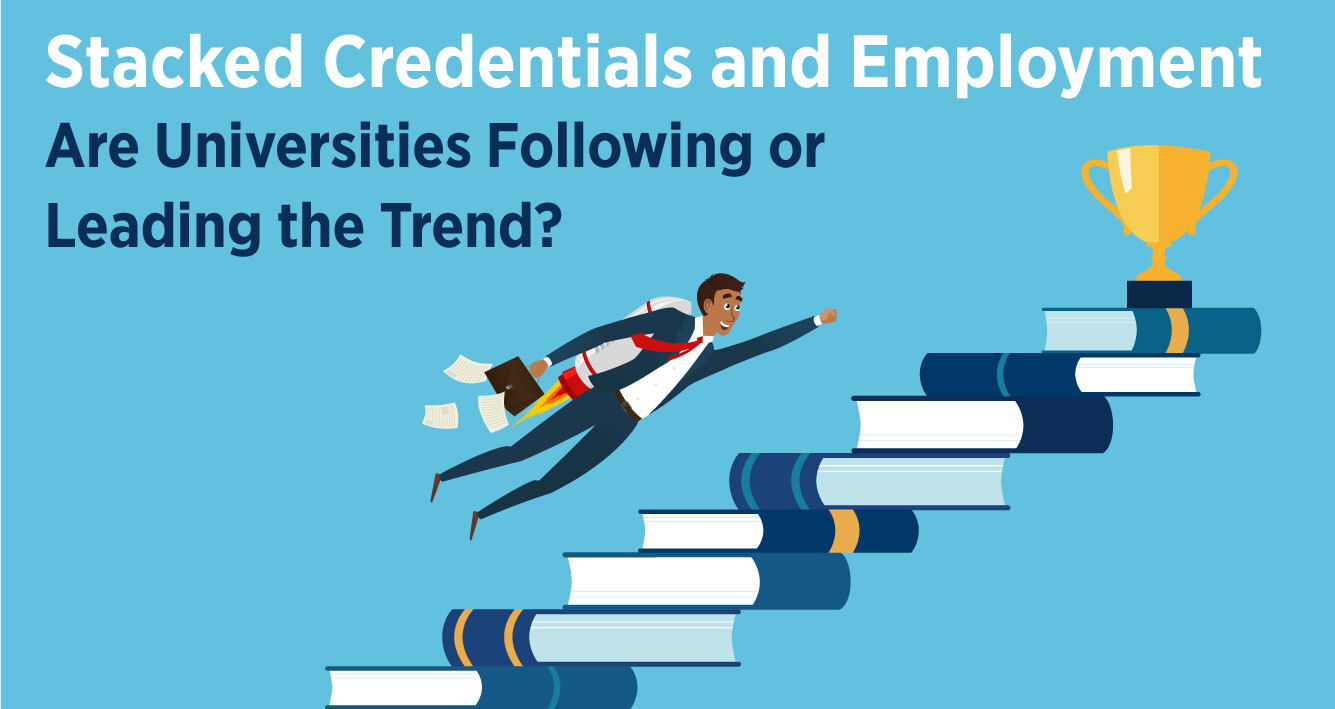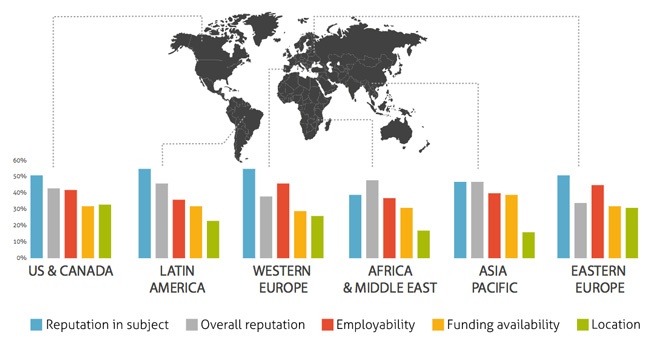Bringing the real world into the classroom is so important to the future of your students. And last week we shared one way Suffolk University is taking action (find that post here). A sort of Career Readiness 101. This week, Career Readiness 201 as we talk about you and offer a helpful career-prep checklist, complete with on-campus practices and recruiter tips, too.
Opportunities to connect in person and hear our latest market intel:
- Join us in Paris Nov 8-10 at CIEE's 76th Annual Conference.
- Join us in Boston Nov 13-15 at PIE News Live.
Let us know if you'll be joining us (info@intead.com).
Like you, the vast majority of students we talk to are playing the long game. Well before they even have a high school diploma, they’re thinking beyond university. They’re smart consumers and they need to know what their hard-earned degree, whatever the field, will mean for them in the market. Never mind that many of them are not sold on a major yet. They’ve been hearing for years about the rising costs of higher education. They understand ROI more than previous generations ever did. And their parents are all about that approach.
According to the National Center for Education, in 1980, the annual cost of attending university (including tuition, fees, room, and board) was just over $10,000, adjusted for inflation. Fast forward to the 2019-20 academic year, and that that bottom line had ballooned 180 percent to nearly $29,000. This is the story your prospective students have grown up hearing. For decades, everyone, university administrators and families, have been wringing their hands about the rising costs and yet, not a thing has been done about it.
For families, the reality is they’re looking at an average debt for a four-year Bachelor’s degree of $34,700 per the Education Data Initiative. And while the standard repayment term for federal loans is 10 years, it can take up to 30 or more years for more than a few students to pay off these loans. You can see their concern.
Some of us optimistically thought the rise of online education would bring costs down and become a reliable source of revenue for universities and a powerful educational avenue for students. The reality: yes, a growing source of revenue, but the cost to produce truly effective online education that carries students forward with all the tools and supports, is fairly pricey to produce. And the low quality stuff really does not achieve the educational outcomes, so students pay for an ineffective degree - a credential that does not meet real-world employer needs. (See our blog post here about the perceived value of online degrees)
Of course, these are tuition numbers you’ve thought about many times. And they’re all over the news right now as student loan repayments will soon be back on after a long pandemic pause. Smart students want to know the kind of return they’re going to get on their investment, and they’re looking to you to provide an attractive answer.
So, what is your answer?
Read on for a checklist of essential ways to help ensure your campus helps prep students for the careers they’re hoping higher ed will lead them to. And yes, we’ve included pro-tips for you recruiters. Read on...






